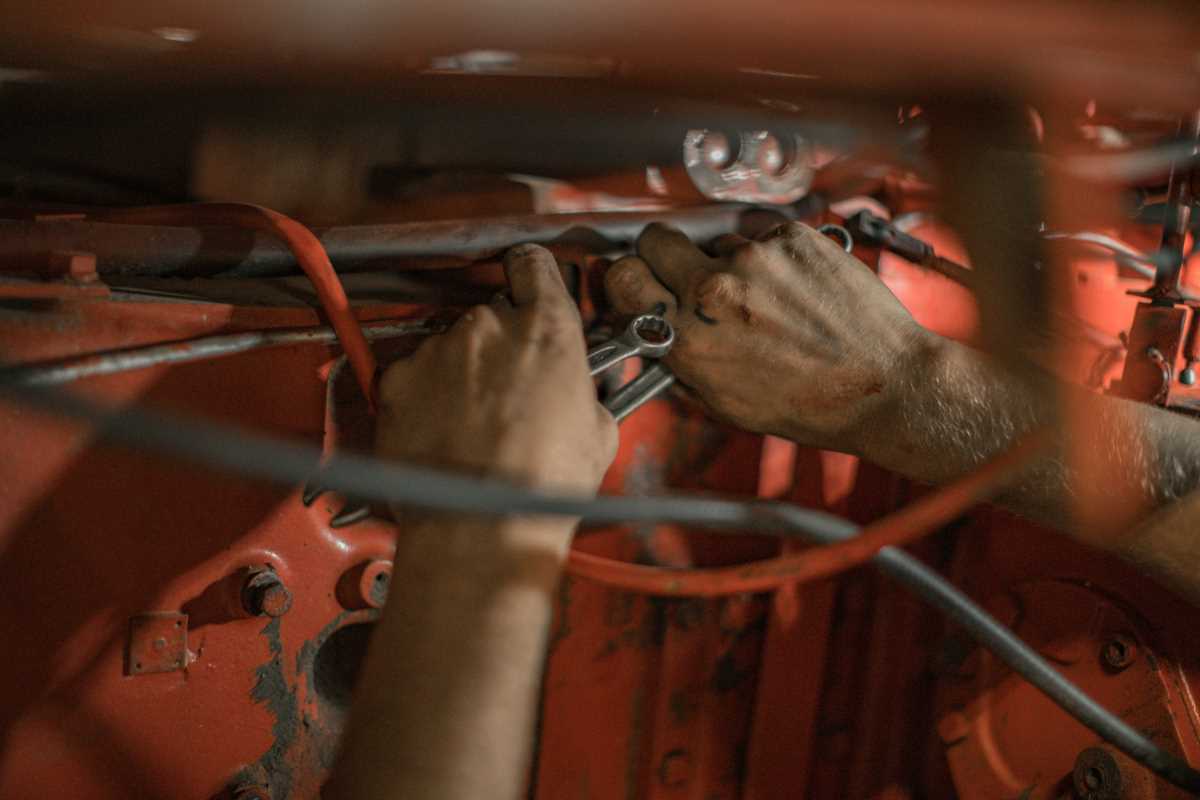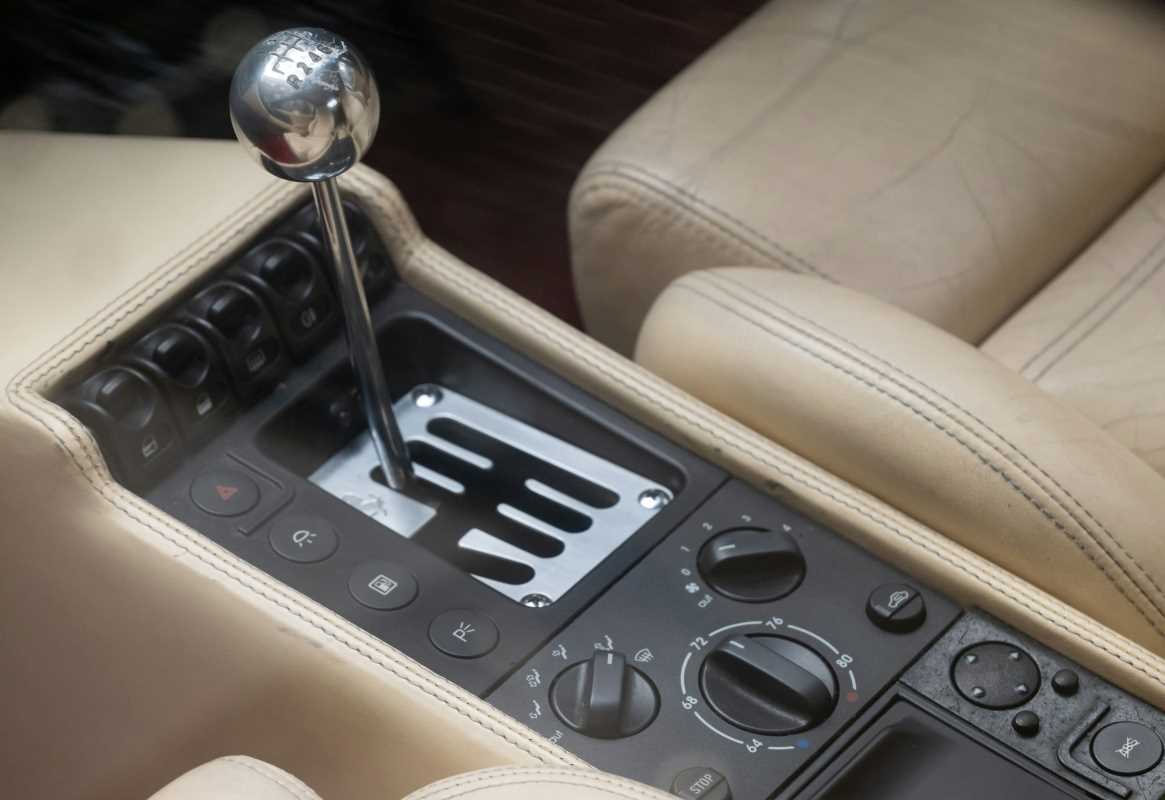Car maintenance is, at best, a necessary evil and, at worst, a mysterious world filled with conflicting advice and old-school myths. Everyone’s got an uncle or a neighbor with a garage anecdote they swear by, but not all car tips stand up to modern scrutiny. Poor advice can lead you to empty your wallet unnecessarily or worse, cause damage to your vehicle over time.
Whether it’s DIY misconceptions or outdated traditions, some myths have stuck around for far too long. It’s time to separate fact from fiction and keep your car in tip-top shape without the drama.
Changing Oil Every 3,000 Miles Is Still a Must
Remember the good ol’ days when cars came with bench seats, cassette players, and an ironclad rule that oil needed to be changed every 3,000 miles? Times have changed, and so has your car. Thanks to significant advancements in oil technology and engine design, most modern vehicles can now safely go much longer between oil changes.
Many car manufacturers recommend an oil change every 5,000 to 7,500 miles, or even up to 10,000 miles if you’re using synthetic oil. Instead of blindly sticking to the 3,000-mile myth, check your owner’s manual for the manufacturer’s recommendations. Unless your car is hauling heavy loads daily or running in extreme conditions, more frequent oil changes are probably unnecessary.
Of course, there’s nothing wrong with being proactive. But following outdated advice might just cost you extra time and money. Plus, isn’t it nice to have one less thing to do every month?
Premium Fuel Makes Every Car Run Better
If you’ve ever stared at a gas pump, debating whether those extra cents for premium fuel are worth it, here’s the deal: premium isn’t better for every car. While it might sound like the filet mignon of fuels, premium gas is designed for high-performance engines that specifically require it.
Most vehicles are engineered to run efficiently on regular gasoline, and filling up with premium won’t magically make your car go faster or run smoother. If your car’s manual says regular fuel is fine, splurging on premium is essentially like putting designer shoes on a dog, not harmful, but totally unnecessary and pretty expensive.
Now, if your car’s manual specifies premium fuel is required, that’s a different story. Using regular gas in a car designed for premium can potentially cause knocking or reduce engine efficiency. Bottom line? Stick to what your car manufacturer recommends, and save that fuel money for something more exciting (like snacks for your next road trip).
Warming Up Your Car in Cold Weather Is Always Necessary
Ah, the age-old ritual of letting your car idle on frosty mornings while you stand by with your coffee. While this may have been excellent advice for carbureted engines back in the day, modern vehicles are a different story.
Today’s cars come equipped with fuel-injection systems that don’t require lengthy warm-up times to function efficiently. Once you start your engine, it’s ready to drive within 30 seconds to a minute. What’s better for your engine is getting those wheels rolling, as driving gently warms up all the components more evenly.
Leaving your car idling for long periods can actually waste fuel, increase emissions, and even cause condensation buildup in some engine parts. Sure, letting it run for a quick defrost might be reasonable, but thinking your car needs a full ten-minute warm-up just isn’t true anymore. Save time and gas by getting on your way sooner.
You Should Top Off the Coolant Whenever It Looks Low
Spotted your coolant reservoir looking a little empty and thought, “I’ll just top this off real quick”? While topping off might seem like the responsible thing to do, it’s not always the best approach. If your coolant is consistently low, you could be dealing with a larger issue, like a leak or an overheated system.
Before rushing to pour in coolant, take a moment to investigate. Check under your car for puddles or streaks, pop the hood to look for damaged hoses, or consult your owner’s manual to see if it’s time for a coolant flush. Coolant that looks discolored or sludgy is also a telltale sign that something’s amiss.
When it comes to coolant, quality and maintenance are more important than quantity. Throwing new coolant into an old system could just be masking the problem instead of solving it. If in doubt, have a professional inspect the system to ensure your engine stays cool and collected.
Quick Tips for Smarter Car Maintenance
Knowing what’s true and what’s myth is just the first step. Here are some additional habits to keep your car running at its best, minus the guesswork:
- Stick to the maintenance schedule in your owner’s manual.
- Use recommended fluids and parts instead of generic alternatives.
- Inspect tires for wear, proper inflation, and alignment regularly.
- Keep your car clean to prevent rust and prolong its life.
- Don’t ignore small problems like strange noises or dashboard warnings.
By focusing on informed maintenance instead of old wives’ tales, you’ll save money, avoid headaches, and enjoy smooth drives for years to come.
Sorting Out Fact from Fiction
Car maintenance myths often stick around because they’re repeated so often, they start to feel like truth. But the automotive world is constantly evolving, and yesterday’s advice doesn’t always apply to today’s vehicles. Breaking free of these myths isn’t just about keeping up with the times; it’s about making smarter decisions for your car and your wallet.
Whether it’s ditching the 3,000-mile oil change rule, skipping unnecessary premium fuel, or rethinking those cold-weather idling habits, a few simple tweaks in your mindset can lead to better results. The road to a longer-lasting, better-maintained car starts here.







